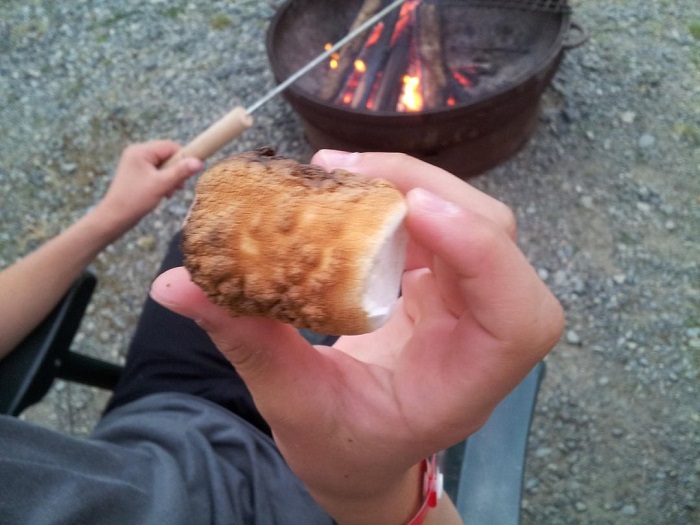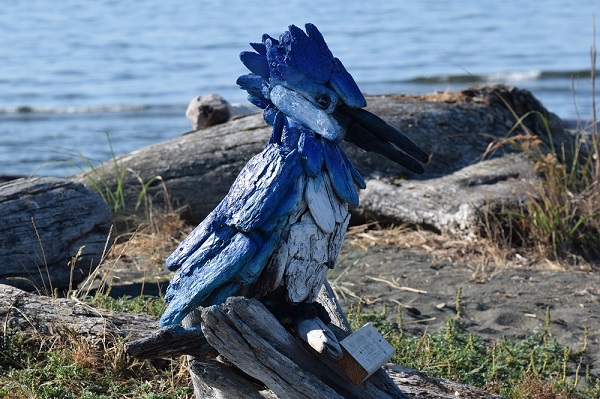Backcountry First Aid Kit List
When venturing into the wilderness of Vancouver Island, it's essential to be prepared for any medical emergency with a backcountry first aid kit. A well-stocked first aid kit can make all the difference in a survival situation and should be activity-specific.
The size of your backcountry first aid kit should be commensurate with the length of time you plan to be in the wilderness. It is recommended you carry a small basic kit even if you are only planning a short day hike. Regardless of the length of your activity, it is recommended that you carry your personal medical information and emergency contacts on you and that you share your itinerary with family/friends.
Here are some of the essential items you should consider including in your backcountry first aid kit.
Navigation Items
The most basic tool required for a road trip is a reliable map. Here on Vancouver Island we recommend a Backcountry Road Map Book that includes local logging roads. You can also download a map to your phone if you prefer.
It is also imperative you bring a compass and know how to use it. We recently bought this Suunto MC-2 compass for our son who is an avid outdoorsman. Be sure to get the one suitable for your needs as they come in both Global and North American styles.
Wound Cleaning and Care Supplies
Everyone participating in outdoor activities should have completed at least a basic first aid course and would therefore be familiar with how to use all supplies contained in a backcountry first aid kit. If in doubt, refer to your first aid manual.
- Sterile saline solution (for cleaning wounds)
- Antiseptic wipes
- Antimicrobial ointment (e.g. Neosporin)
- Alcohol swabs
- Hydrogen peroxide
- Adhesive bandages of various sizes
- Triangular bandages
- Elastic wrap
- Sterile gauze pads
- Medical tape
- Steri-Strips or butterfly closures
- Moleskin for blisters
- Hemostatic agent (such as QuikClot)
- SAM splint or other lightweight splint
- Irrigation syringe for wound cleaning
- Scissors and tweezers for cutting and removing foreign objects from the skin
- Tick removal tool
- Emergency eye wash solution
Medications
- Over-the-counter pain relievers such as aspirin, acetaminophen, and ibuprofen
- Antihistamines for allergic reactions
- An ample supply of any prescription medications including insulin, inhalers, or EpiPens if appropriate
Pack all medications in a waterproof container such as these aluminum pill bottles.
Over-the-Counter Pharmaceuticals
- Sunscreen
- Lip balm with SPF
- After sun lotion (i.e. aloe vera gel)
- Insect repellent
- After bite cream
- Anti itch cream - I personally prefer this one from Aveeno
- Anti-diarrheal medication
- Pepto-Bismol or similar medication for stomach upset
- Antacids for heartburn or acid reflux
- Burn ointment
Emergency Tools
- Emergency whistle to signal for help
- Mirror for signaling
- Headlamp or flashlight with extra batteries
- Space blanket or emergency bivy (this is the one in my backcountry first aid kit)
Personal Protective Equipment
- Disposable gloves
- Face mask
- CPR face shield
Communication Devices
- Fully charged cell phone and portable charger (be sure to get one compatible with your device)
- Satellite phone
- Emergency beacon
- GPS device
- Two-way radio
In May 2023 upgrades to sections of Southwest Vancouver Island were made to improve cell phone reception however some areas of the island still have limited cell phone reception.
Water and Food
- Bring enough water and food to last for your intended stay, plus at least an additional day or two in case of an unexpected delay
- Hydration salts, electrolyte replacement tablets or drink mixes
- Water treatment tablets or drops
- Collapsible water container
- Water bottles or hydration system
- Lightweight stove
- Fuel for stove
- Waterproof matches or lighter
Clothing
Clothing should include wicking and warmth layers, rain gear, gloves and toque/sun hat depending on the season. Wool is your best bet because it will keep you warm even if it gets wet. Avoid cotton as it will get heavy when wet and will not dry quickly.
Additional Backcountry First Aid Kit List
- Knife or multi-tool
- Waterproof bags or dry sacks
- Thermometer
- Firestarter, such as a magnesium fire starter (dryer lint works well too!)
- Bear spray - there are numerous restrictions regarding bear spray and it is prohibited in airline luggage. You may need to purchase once you arrive and dispose of before you leave.
- Paracord or other rope
- Duct tape
- Emergency shelter (such as a tarp or tent or the bivvy mentioned above)
- Hand warmers
- Cervical collar (for neck injuries)
- Tourniquet
- Snake bite kit (including suction device and bandages)
- Instant ice pack
- Instant heat pack
Remember, a well-stocked backcountry first aid kit can only help if you know how to use it. Before heading out, consider taking a wilderness first aid course to gain the knowledge and skills you need to provide proper medical care in an emergency.
It's also essential to plan your route carefully, notify someone of your itinerary, and always be aware of potential hazards in the backcountry. This includes the wildlife of the region you are visiting. Learn more about wildlife of Vancouver Island here.
Recent Articles
-
Vancouver Island Wildlife Viewing Times and Locations
Sep 16, 24 06:42 PM
Discover the best times and places to see wildlife in their natural habitat with our Vancouver Island Wildlife Viewing guide. -
Private Campgrounds on Vancouver Island
Aug 13, 24 05:23 PM
Your one-stop listing of all private campgrounds on Vancouver Island. -
Where to Stay in Victoria, BC: A Comprehensive Guide
Jul 10, 24 12:42 PM
Choosing the right place to stay can significantly enhance your experience. This guide provides tips and ideas to help you decide where to stay in Victoria.





